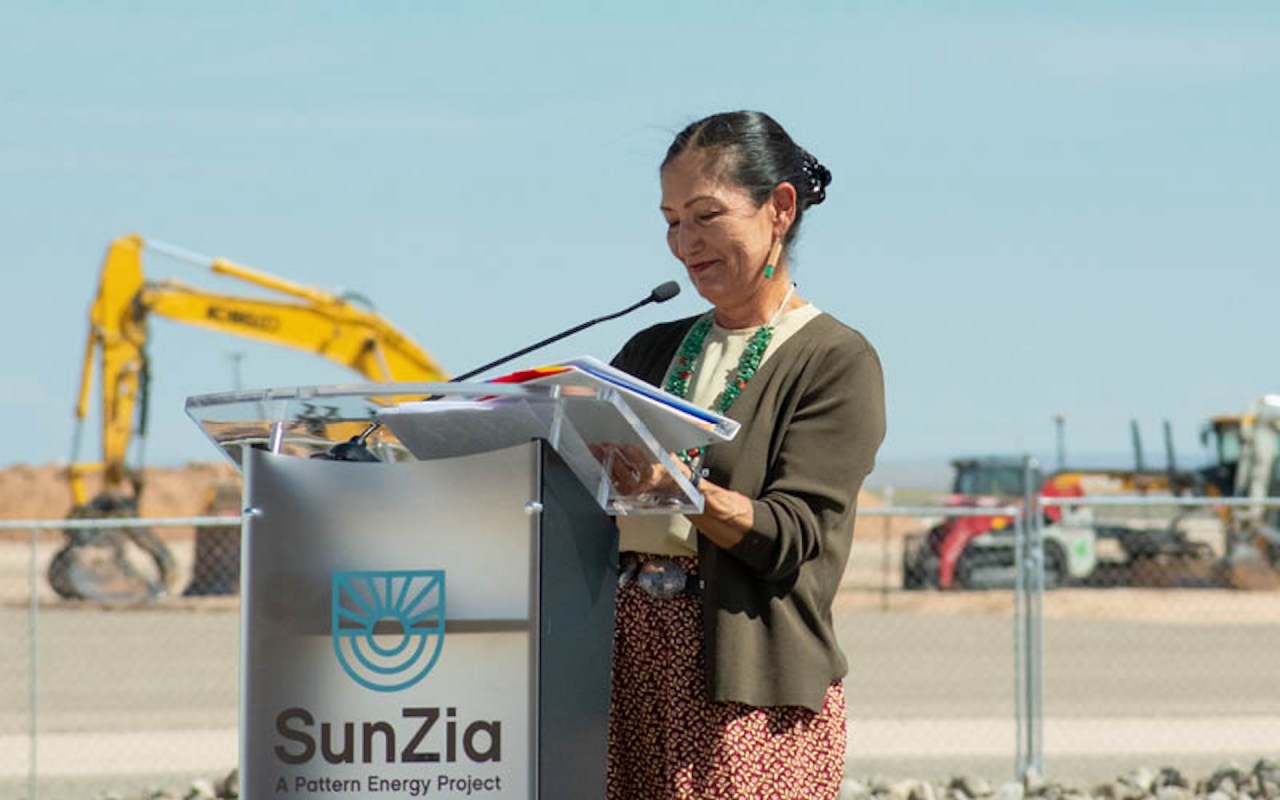The American Southwest is about to get a lot more clean energy. California-based developer Pattern Energy just closed on $11 billion of non-recourse financing to construct a massive wind and transmission project across New Mexico and Arizona, as Electrek reported.
The project, called SunZia, is divided into two parts: wind and electricity transmission. The wind part, named SunZia Wind, will reportedly be the largest wind project in the Western Hemisphere, with a 3,500-megawatt capacity, per Electrek. The transmission portion, named SunZia Transmission, will have the capacity to transport 3,000 megawatts of power.
The dual projects are expected to employ more than 2,000 workers during the construction phase, which is already underway. Final commissioning is expected during the first half of 2026, which is a quick turnaround for a project of this size, per Electrek.
Danish wind turbine manufacturer Vestas confirmed that it secured an order from Pattern Energy to supply the turbines for SunZia Wind. The order is Vestas' largest yet in the United States and the company's largest globally for its newest high-capacity factor turbine, Electrek reported.
The huge investment in renewable energy is great news for people living in the Southwest who would prefer to get their energy from clean, renewable sources instead of dirty, polluting sources such as gas and oil as well as for the clean energy industry as a whole.
"The size and scale of both the SunZia project and this multifaceted financing show that the renewable energy space can secure attractive capital at levels previously only seen in traditional generation," Daniel Elkort, an executive vice president at Pattern Energy, said, per Electrek.
"What's amazing to me is the speed of deployment," one commenter wrote. "Turbine delivery is expected to begin in the first quarter of 2025, with final commissioning scheduled for the first half of 2026. I love my nuclear power, but it's hard to compete with a full build out taking only 2 years and change."
"Yay! Clean energy, and it will employ 2000 people for construction," another wrote.
Join our free newsletter for weekly updates on the coolest innovations improving our lives and saving our planet.









